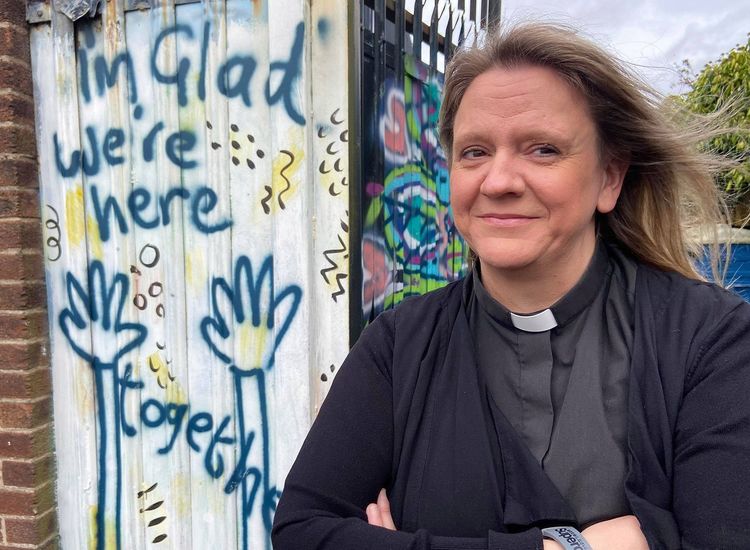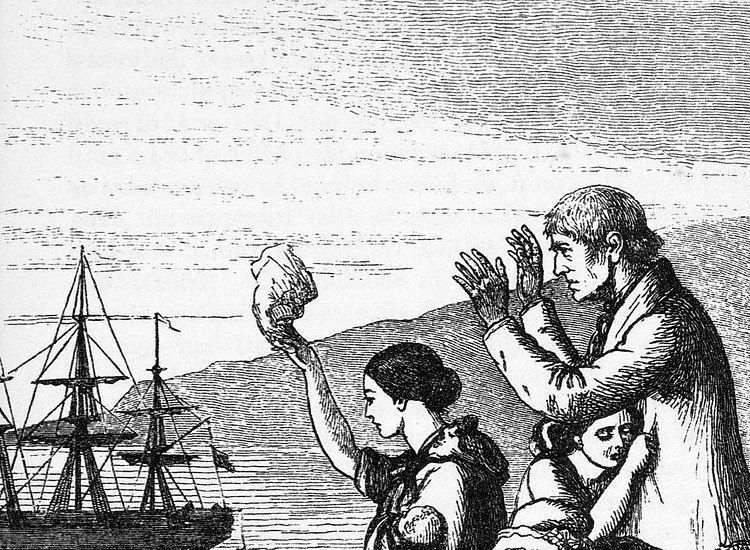
By Michael Gray
Ireland’s 19th century Gothic writers Bram Stoker, Joseph Sheridan Le Fanu and Lord Dunsany have a worthy successor in the 21st in Conor McPherson. The Dublin playwright-turned-filmmaker harnasses the undercurrents of foreboding that permeate the stories of his distinguished literary forbearers to create a spine-tingling feature film, “The Eclipse,” currently screening in New York theaters for a limited run.
Short on dialogue but long on atmosphere, the film is a moving meditation on loss, grief, and the omnipresence of the shades of the past in the lives of those still struggling with the present. The film stars Ciaran Hinds, Aidan Quinn and Danish actress Iben Hjejle in a triangular dance doomed to end in tragedy. McPherson spoke with the Irish Echo on the eve of the New York release to reveal how he shaped a brooding drama that keeps audiences on the edge of their seats without recourse to violence, bloodshed or lavish CGI effects.
“I wanted to get that very Gothic feel in the film, so we used the architecture of Cobh in County Cork as a backdrop, and shot most of the film at very low levels of natural light to get that atmosphere,” said McPgerson. “We spent five weeks down there the summer before last, shooting as late as we could in the evening when there was almost no light left. It was a gamble to wait and wait til that glow is almost gone, and then scramble get the shot we wanted just before the sky was completely dark.”
The role of director of photography is critical when shooting in such limiting circumstances, and McPherson chose up-and-coming Irish cinematographer and fellow Dubliner Ivan McCullough for the job.
“I didn’t want a guy shooting a film the way he always does, and delivering his standard package at the end,” said the playwright. “I didn’t want a guy who was looking to me for instructions on how to get a look I was still trying to figure out myself. I was looking for someone who could work with me on ideas about the light, the architecture of the film. Ivan worked out really well because developed it with me, scene by scene, always pushing it to the limit at the level of darkness in which we were filming. We were barely able to make out the actors faces in some scenes, and at times he questioned that, but he made it work.”
Budget constraints ruled out shooting on film, and, as is often the case with low-budget features, “The Eclipse” is shot with digital cameras.
“We used the latest camera from Red Digital, which gives deeper focus and more lens options than their earlier digicams,” he said. “It’s a really viable alternative to shooting on film when funding is a problem. We got to utilize the full range of lenses we would have used with a film camera, with a lot of wide angle shots in fading light. And when you transfer the final cut to film for screening in theaters, you don’t get the feeling you are watching digital video, even on a very big screen.”
Needless to say, Red Digital achieves these effects using a wavelet codec processed through a demosaicing algorithim to give smoother imaging, but that’s a digression best left to a future Irish Echo science and technology supplement.
McPherson’s lead actor in “The Eclipse”, Ciaran Hinds, plays a widower struggling to articulate his nightmarish visions of the dead who finds an empathetic listener in a visiting Scandinavian writer of supernatural tales (Iben Hjejle). Hinds’ deeply affecting performance won him the best actor award at last year’s Tribeca Film Festival, an accolade McPherson felt was well deserved.
“Ciaran is a really great, great actor, and the award acknowledges that,” he said. “But what does that award really mean? Acting is such a mysterious profession. Ciaran’s character feels so much in the film, but says so little. He’s a father, a son, a helper, a fighter, a man at a loss for words. But he plays it like the camera can read his mind. It’s really extraordinary to watch.”
Soon-to-be-ex wunderkind McPherson turns 40 next year, after a remarkable decade-long run of theater success in Dublin, London’s West End, and Broadway. From the outset, his preference has been to direct his own stage plays rather than let others modify his vision. He had previously directed Hinds onstage in “The Seafarer,” in which the actor played a Mephistophelian cardplayer. His work on the set of “The Eclipse,” his third feature as director, yielded interesting contrasts in the methods of handling dialogue and cast for stage and screen.
“It’s such a different experience. In the theater, you rehearse and rehearse so much to make the dialogue seem completely natural from the actors, and you
work on the material to get deeper and deeper into the meaning of that dialogue. But making a film, you do all the work to get it really, really right just once, for the camera. With Ciaran we made a point of shooting some of the scenes in rehearsal. And looking back at those takes, sometimes I saw something extra, something different that wasn’t there in the final version, and then it became the final cut of a particular scene.”
McPherson worked with his partner, renowned Dublin artist Fionnuala Ni Chiosain, on the soundtrack for “the Eclipse.”
“It started as budget constraint, but turned out to be really liberating, that we could compose and edit it just the way we wanted it without any one else controlling it, or getting involved. I was shooting down in Cobh, she was in Dublin, and I would email her clips from the day’s shoot to compose music for them.”
The resulting soundtrack, enhanced by contributions from Trinity College Dublin’s Mornington Choir, adds a lot to the atmosphere that makes “The Eclipse” so unsettling. But despite the jolts of real horror, this genre hybrid is no zombie movie, and fans of his stage plays can expect the kind of intense character studies that made “The Weir,” “Dublin Carol” and “The Seafarer” so compelling onstage.
“The Eclipse” is now playing at Angelika Film
Center, at 18 West Houston Street in Manhattan.










